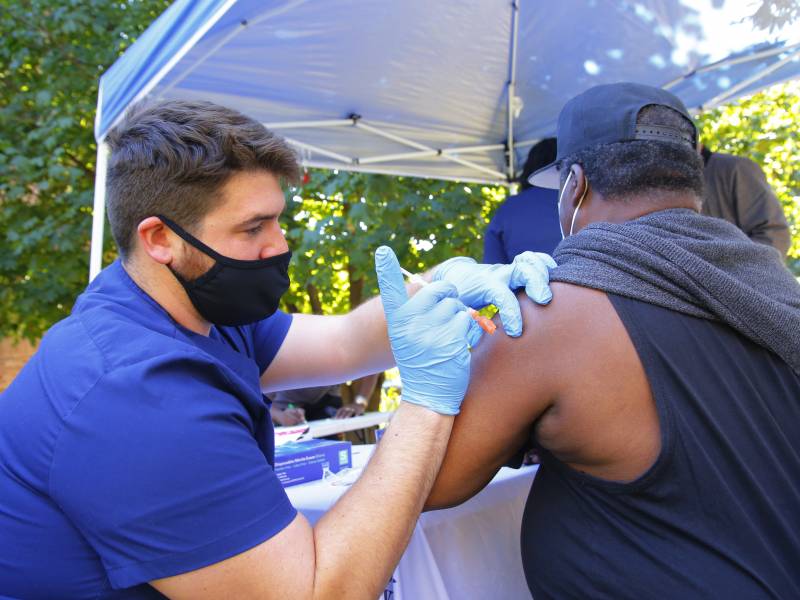The Centers for Disease Control and Prevention backed the rollout of Moderna and Johnson & Johnson COVID-19 vaccine boosters, in line with the Food and Drug Administration’s authorizations the day before. The committee’s actions also support a mix-and-match approach to booster vaccinations.
CDC director Rochelle Walensky called the recommendations an “example of our fundamental commitment to protect as many people as possible from COVID-19.”
The announcement came just hours after the CDC’s vaccine advisory committee voted unanimously in favor of booster doses.
The panel said the Moderna booster should be given to people the same way that the Pfizer-BioNTech booster is administered. That would cover people 65 years and older, and people 18 to 64 who are either at high risk of severe COVID-19 due to certain medical conditions or whose work or institutional setting heightens their exposure. Those who initially received the two-shot Moderna vaccine would need to wait at least six months after the second shot before getting the booster.
For Johnson & Johnson, the panel’s advice was simpler: A booster is recommended for people 18 and older at least two months after their initial immunization.

9(MDAxOTAwOTE4MDEyMTkxMDAzNjczZDljZA004))
